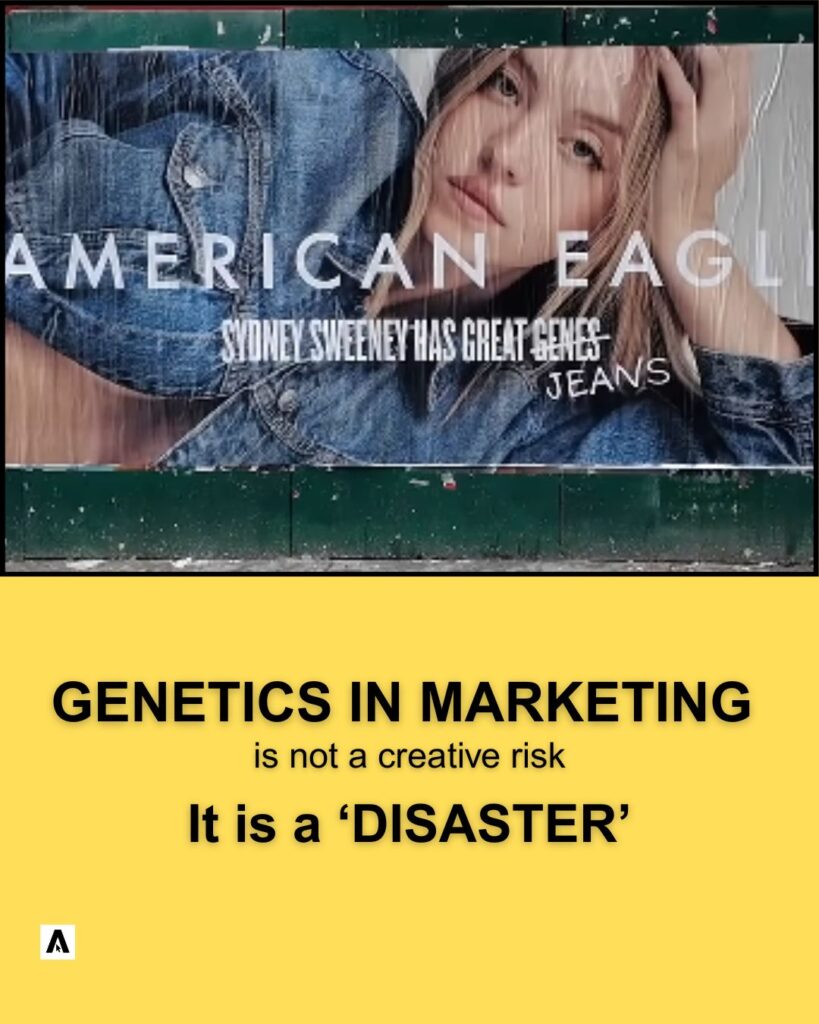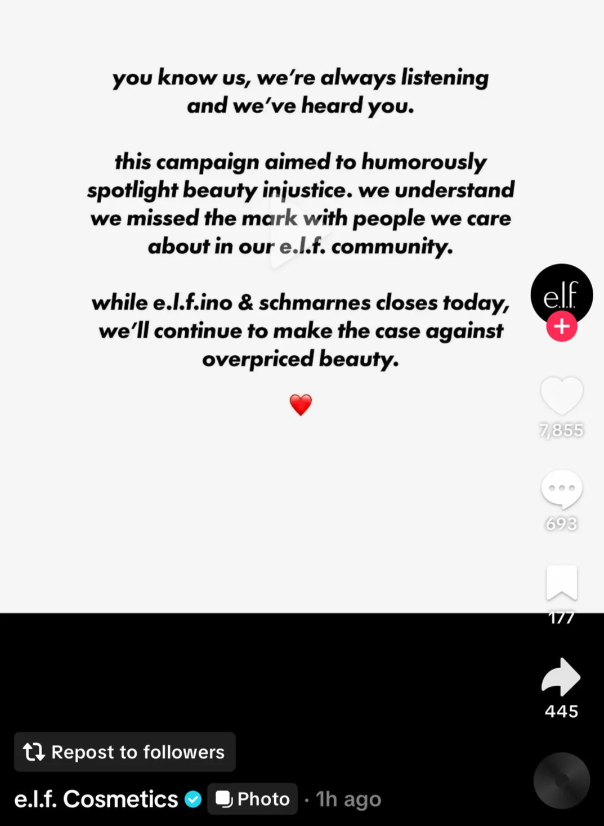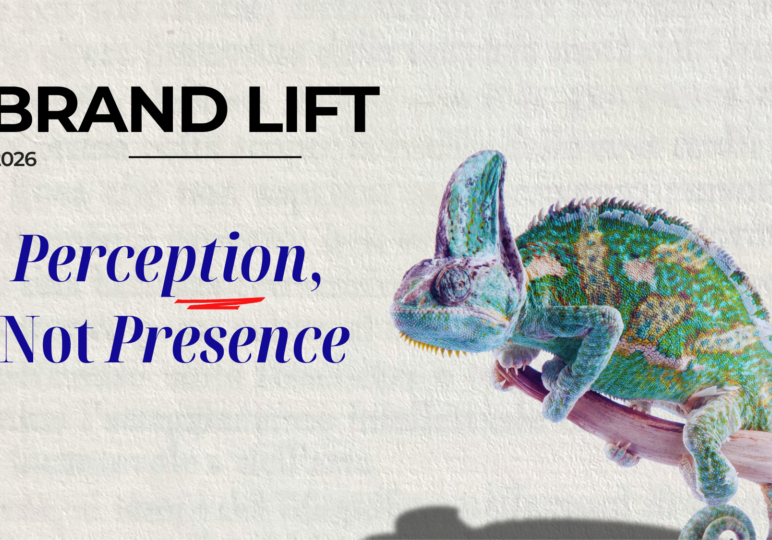
Rage baiting: New Creative Drivel or a Misguided Front?
Advertising has always been about grabbing attention. It’s about creating conversations, shaping perceptions, and influencing decisions. But somewhere along the way, the quest for attention, visibility, and rapid growth has led some brands into murky waters. The line between thoughtful creativity and manipulative outrage — or rage baiting — is becoming harder to distinguish. In today’s hyper-digital world, where algorithms reward engagement, outrage often gets amplified faster than nuance.
Rage baiting is a calculated tactic where brands intentionally stir controversy to attract eyeballs, conversations, and short-lived virality. But when outrage becomes a shortcut, it risks eroding trust, diluting creative integrity, and leaving audiences unimpressed.
Let’s take a deep dive into why rage baiting is increasingly tempting, where it’s being used, and why it’s not the panacea that some marketers hope it is.
Creativity is a must, but baiting is not
At its core, rage baiting is the act of intentionally provoking strong emotional reactions — especially anger, frustration, or controversy — to generate engagement. It’s the digital equivalent of poking a hornet’s nest and sitting back as people swarm, argue, and share.
Unlike creativity that draws audiences in through relatable emotions, storytelling, or humor, rage baiting leverages outrage as a commodity. It plays on the instinct to react rather than reflect.
It’s tempting because:
- Algorithms reward engagement, and outrage fuels debate.
- Controversy is cheaper than crafting enduring campaigns.
- It offers a shortcut to visibility when organic strategies falter.
- But it’s a double-edged sword — short-term noise, long-term brand damage.
Creativity provokes thought
Human emotions go far beyond humor or happiness. Experts believe there are more than 120 recognizable emotional states ranging from nostalgia and hope to despair and frustration. Great ads tap into these feelings with authenticity, empathy, and resonance.
Rage baiting, in contrast, aims to provoke without purpose. It seeks engagement without emotion. It replaces connection with shock value.
Take the Sydney Sweeney campaign for American Eagle’s “Great Jeans.” The intent was to create buzz — and it did briefly hit the headlines. But its impact fizzled once audiences realized it lacked substance beyond the initial stir.

Similarly, American Eagle’s stock spike during the “Donald Trump Appreciation” stunt was a blip, not a lasting brand moment.
Subscribe to our bi-weekly newsletter
Get the latest trends, insights, and strategies delivered straight to your inbox.
As Mark Ritson aptly pointed out, “chasing controversy without depth results in less than average ads— sensational, but forgettable.”
Why are brands falling into the rage bait trap?
Without criticizing any creative masterstroke that CMOs have approved in past and current timelines, I would be saying the deliberate attempt at making poor humor at the expense of a brand is definitely not risk-aversion.
Short-term metrics rule the digital landscape
Reports like System1’s ‘Creative Dividend’ show how digital advertisers are increasingly prioritizing campaigns that generate immediate traction. The pressure to meet quarterly KPIs has pushed many to favor outrage over strategy.
Fear of investing in true creativity
A study found that 41% of marketers are afraid of taking creative risks due to unclear strategy, lack of insights, or running behind quick-win objectives. Rage baiting offers the illusion of innovation without the messiness of crafting meaningful narratives.
Algorithms reward outrage, not subtlety
Platforms like TikTok, Instagram, and X prioritize engagement signals like comments and shares. Angry reactions tend to be more frequent than thoughtful ones, making outrage a tempting tactic for growth hackers.
The Attention Economy is ruthless
With countless brands vying for consumer focus, standing out feels harder than ever. Rage baiting seems like the easiest way to cut through the noise — until it backfires. Brands must figure out the existing gaps rather than shoot in the dark to score.
Case study: e.l.f Cosmetics
In an attempt to stand out in a crowded market, e.l.f Cosmetics decided to feature a high-profile figure in its campaign — comedian Matt Rife. Known for his edgy humor and controversial remarks, particularly concerning domestic violence and women, Rife’s inclusion was a weird move.
The campaign aimed to position e.l.f as a brand offering fair pricing in an industry notorious for inflated rates. The message, on the surface, was clear: e.l.f Cosmetics is accessible to all, while others hike up their prices.
However, the campaign stumbled on two fronts. The first was the choice of spokesperson. By aligning itself with Rife, whose past comments had already drawn criticism, the brand alienated a significant portion of its audience. The second, and perhaps more damaging, was the underlying gas lighting. e.l.f raised its prices by a dollar and then attempted to market itself as one of the fairest options in beauty retail, a move that many saw as tone-deaf and disingenuous.
Once the backlash began, e.l.f Cosmetics responded with a statement acknowledging that the campaign had “missed the mark.”

Yet rather than owning up fully or removing the problematic content, the brand issued a half-hearted apology without backing it up with concrete action. The campaign neither sparked a cultural conversation nor became a humorous talking point. It failed to create a trend or inspire any emotional connection.
In reality, it became just another influencer marketing dump spread across digital platforms with no clear intent to engage meaningfully with its audience.
What makes the campaign even more telling is the logic behind it. Every brand carefully strategizes before hitting ‘publish.’
In this case, it seems the goal was to generate a short-term buzz by leveraging Rife’s controversial persona. The campaign’s objective was not to build lasting brand equity but to trigger immediate attention.
Once controversy did its job, the brand’s next move was to release an apology-themed follow-up — another tactic to wring out a few more impressions before fading into irrelevance.
Ultimately, e.l.f’s attempt to ride the wave of controversy failed to resonate. It exposed how brands, when chasing quick wins, can sacrifice authenticity and trust.
How to create impactful campaigns without rage baiting
Instead of chasing outrage, brands should invest in emotional intelligence to create campaigns that truly connect with their audience.
By understanding what drives people’s emotions, what they aspire to, and the challenges they face, advertisers can craft messages that resonate deeply and authentically, without resorting to controversy.
Storytelling plays a crucial role in this approach. Narratives that celebrate shared experiences, empathy, and the human spirit build stronger bonds with audiences, offering a sense of connection that fleeting outrage can never replicate.
Brands also need to align their messaging with a clear purpose rather than blindly following trends. Today’s consumers are increasingly looking for brands that stand for something meaningful, not just what’s fashionable now.
Purpose-driven campaigns spark genuine conversations and foster lasting relationships, whereas outrage-based content tends to generate noise without substance.
That said, taking risks remains essential, but boldness should be thoughtful, not reckless. Strategic risks — grounded in research, insight, and empathy — lead to creative work that leaves a lasting impression and inspires trust.
Encouraging dialogue rather than division is another way brands can build engagement. By inviting feedback, collaboration, and community participation, campaigns become platforms for shared values, nurturing loyalty instead of alienation.
Cut to the chase
The allure of rage baiting is understandable — outrage generates clicks, comments, and short bursts of visibility. But it’s a hollow victory that often leaves brands vulnerable, misunderstood, and mistrusted.


